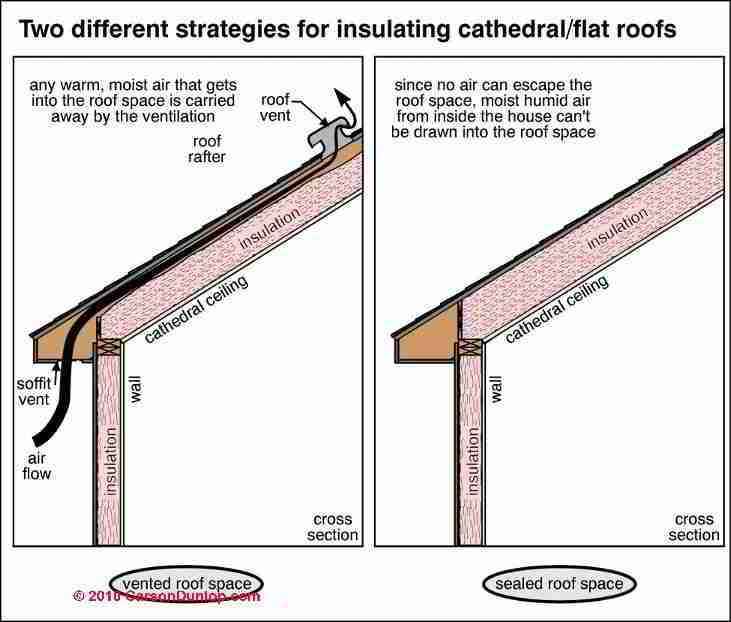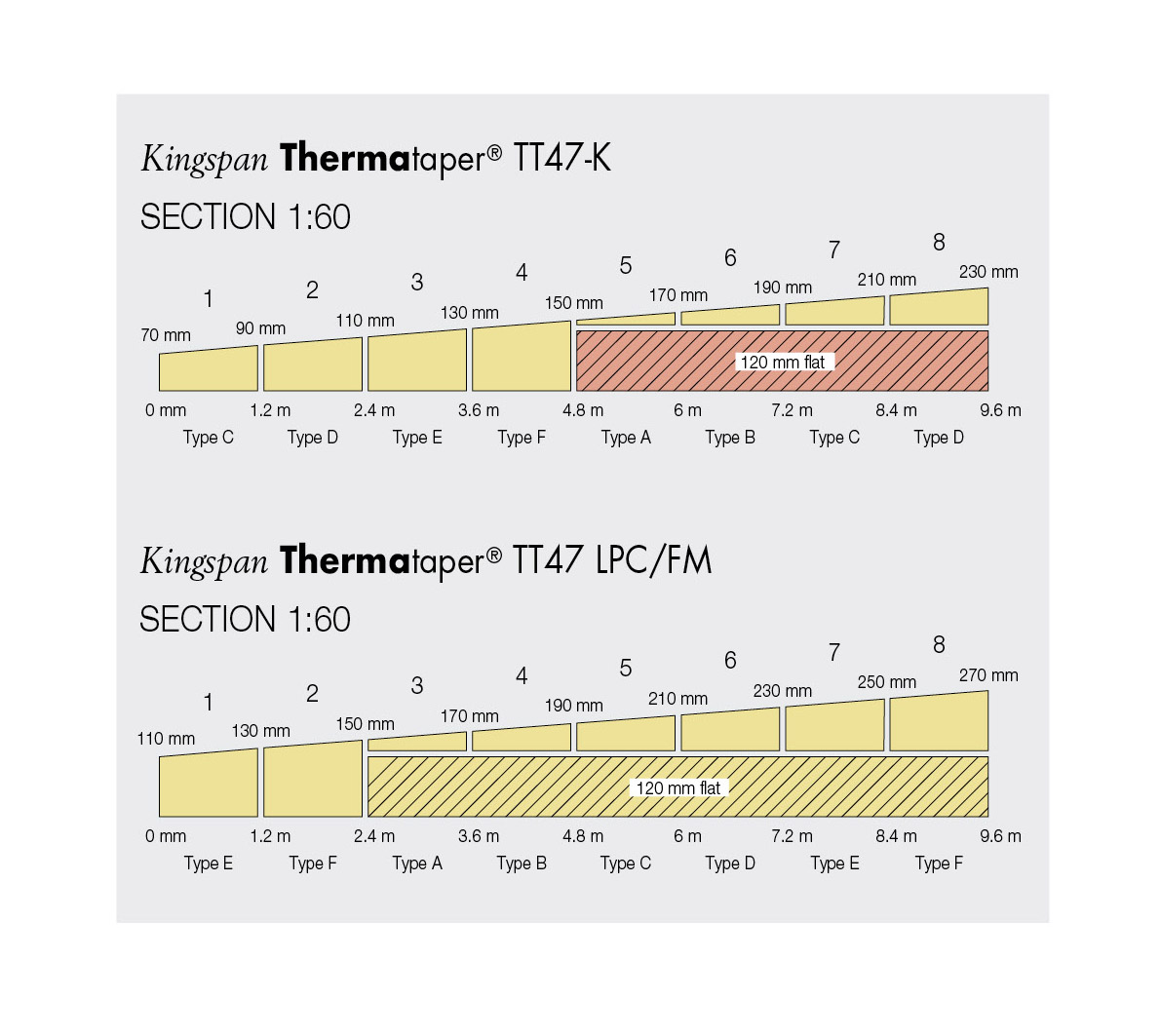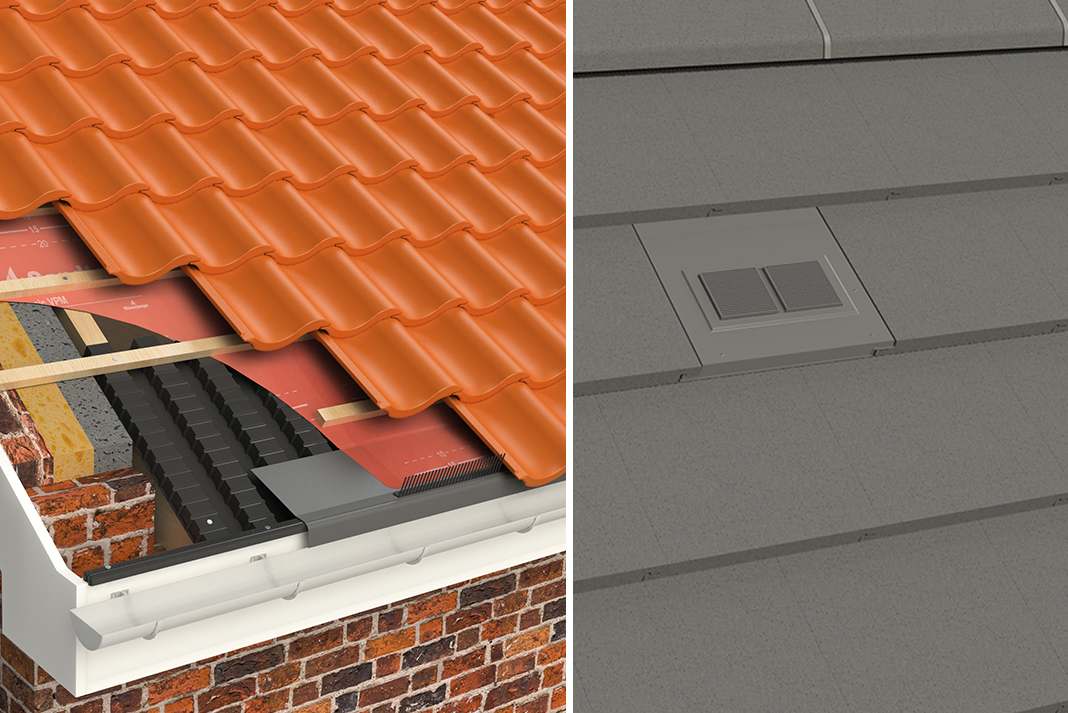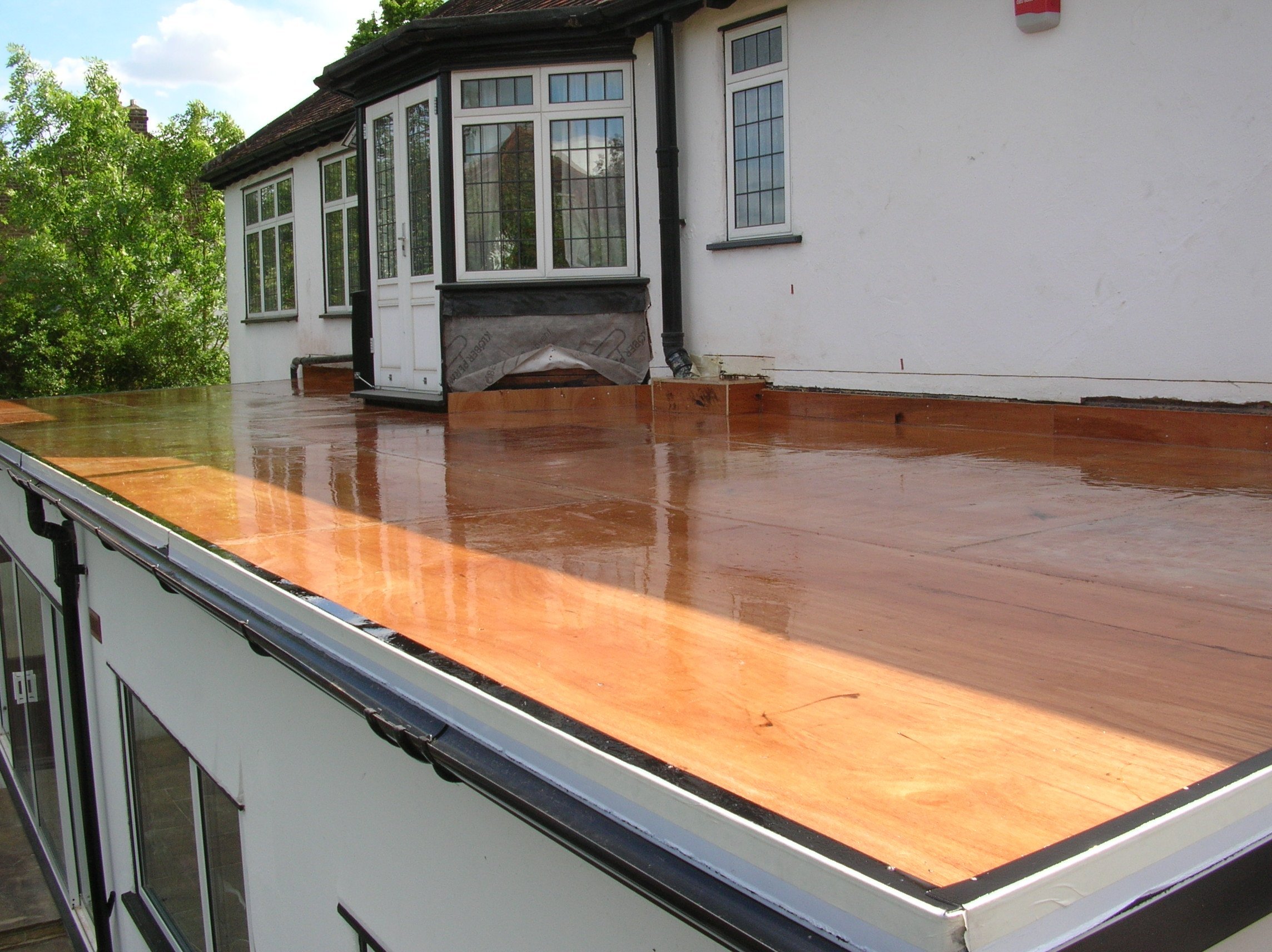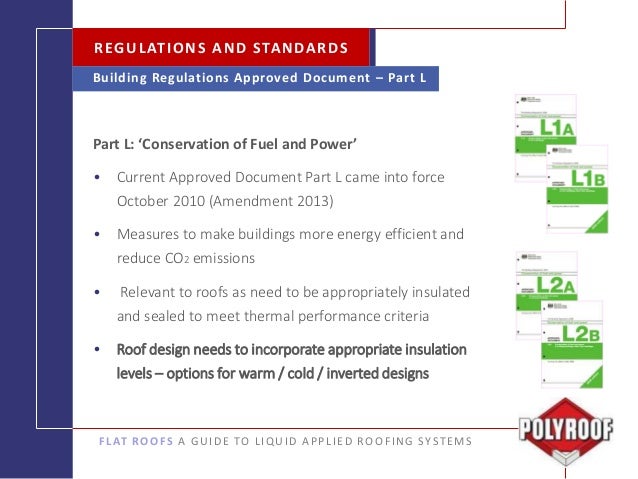Warm Flat Roof Insulation Regulations

Warm roof construction is considered to be much more efficient and is an easier build.
Warm flat roof insulation regulations. There are two types of flat roof. U value of a flat roof. When building a flat roof it is vital that a degree of falls is built into the construction to ensure rainwater run off. The insulation is placed below the waterproof covering and is either mechanically fixed or bitumen bonded on to the top of the deck.
Inverted warm deck roof. Find warm flat roof cold flat roof insulation solutions at iko polymeric. With a warm roof the usual process is to split the insulation into two layers. Insulation can also help to limit condensation and contribute to acoustic insulation depending on the type of insulation used.
Flat roofs there are two common forms of construction for flat roofs. Warm deck sandwich or cold deck. To comply with part l of the building regulations 2010 all roofs to rooms except those in unheated buildings should be thermally insulated to a maximum u value of of 0 18 w m k. There should be no insulation below the deck and no ventilation is required.
Cold roofs have the waterproof layer placed directly onto the roof deck and the insulation inside the roof just above the ceiling. Others would treat even steeper pitches as flat roofs. Insulating a flat roof using the warm roof construction method means you place the roof insulation over the timber decking. Insulating the roof the cold roof method means you place the insulation between the joists with ventilation above the roof insulation.
The definition of a flat roof according to bs 6229 is having a pitch less than 10 o to the horizontal however some in the industry would consider up to 15 o as their definition of a flat roof. Take our online course on the building regulations and standards. Below that there are more detailed guides to the thermal insulation parts of building regulations standards. For guidance on roof insulation please contact us on 44 01257 488 000.
Warm deck roof with this type of roof the insulation is placed above the roof deck but below the weatherproofing. The insulation boards in an inverted warm deck are laid over the structural deck and the waterproof covering. In this case ventilation is required and the roof can still become wet with condensation which may cause materials to decay. If 180mm is to be installed then 100mm board might be introduced between the rafters there has to be a minimum 25mm air gap between the insulation and the underside of the tiles or slates with an 80mm board running across the rafters.
Ventilation is required for these roofs. The sandwich warm deck roof is the most common type of flat roof. Warm deck the type of insulation for this is usually of a rigid type and the thickness will vary depending on the manufacturer s specifications.





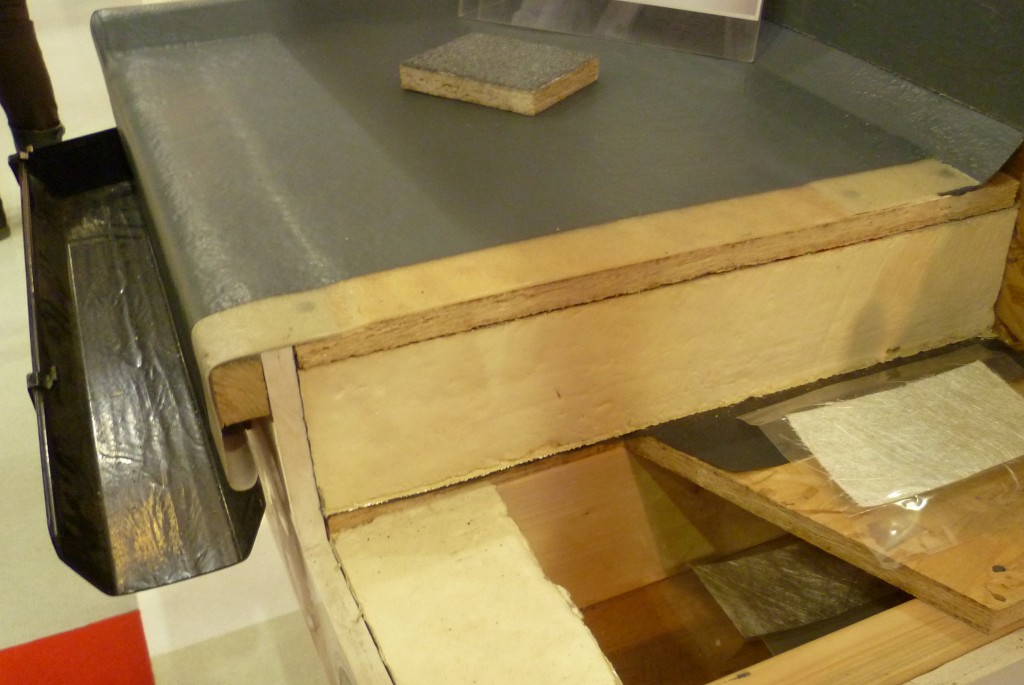




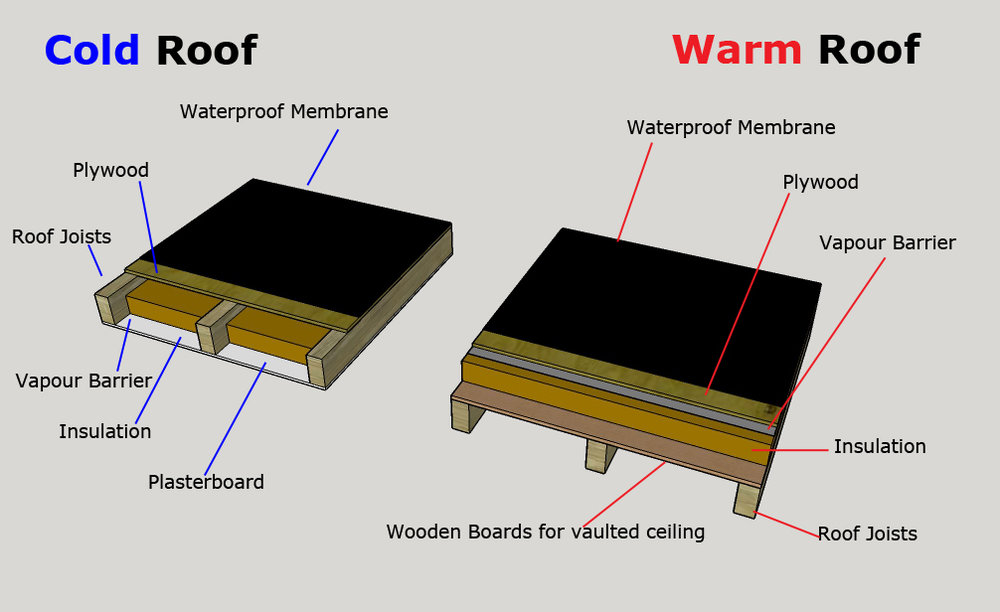



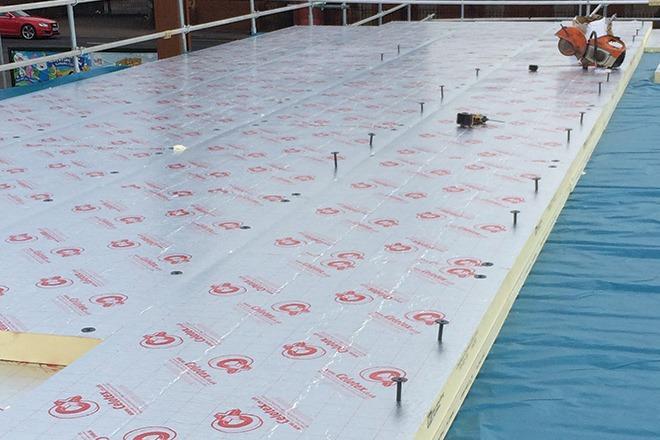



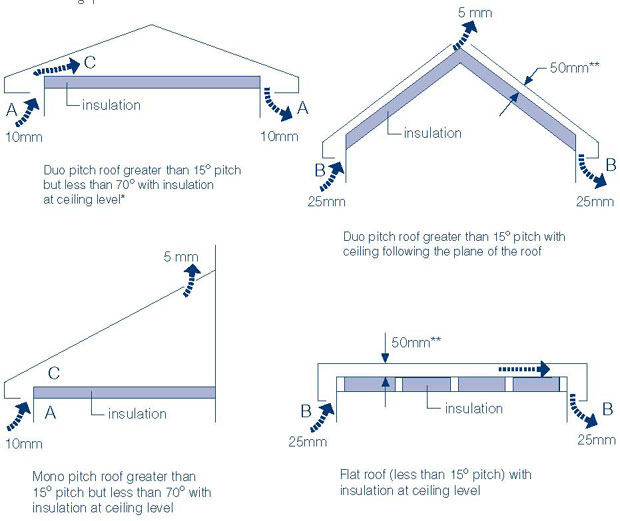


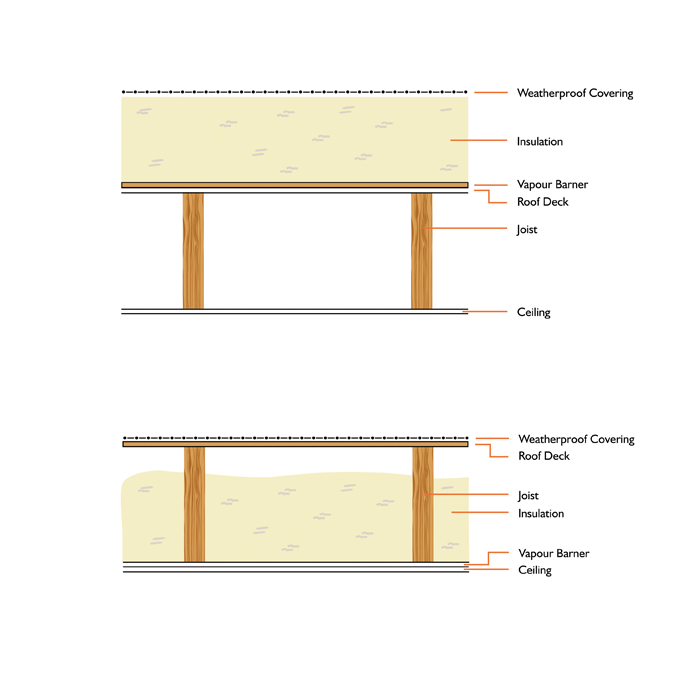


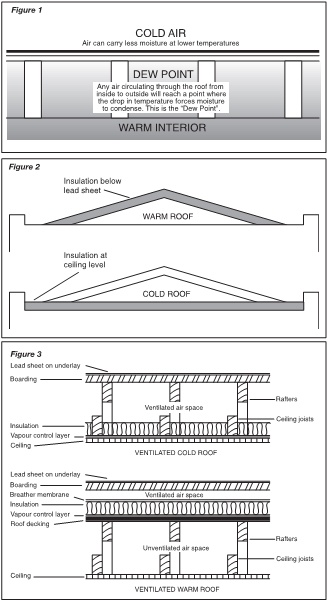



.png?width=400&ext=.jpg)
